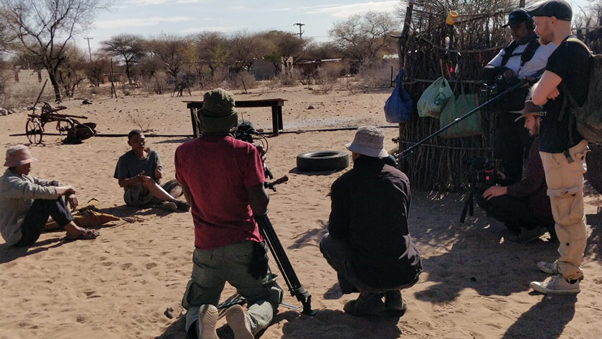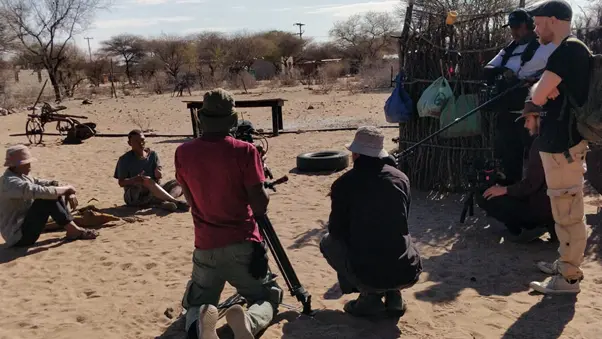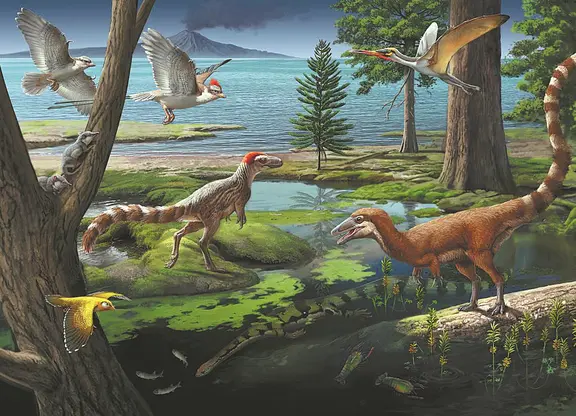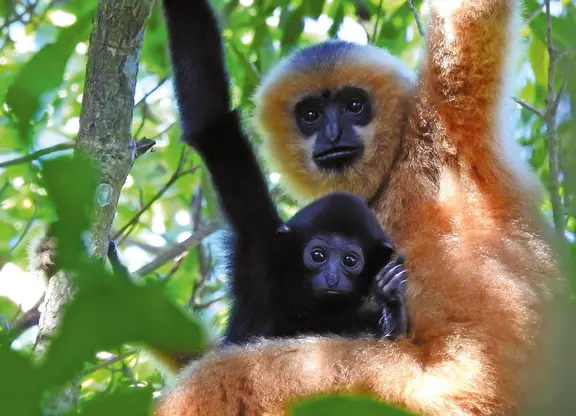02:14

Did you ever watch the movie "The God's Must Be Crazy"? It was released in September 1980. For many people outside of Southern Africa, this could easily have been their first interaction with the San people who live in that region.
The movie is about a soda bottle that fell out of a plane and onto land belonging to a San community. A bottle of its kind had never been seen by the community and as they walked to the end of the world to dispose of it, a lot of comedy ensued. But as all movies go, you never really get the full picture. To truly understand a people, a little history lesson works the charm. The best way, however, is to have a conversation.
In late 2019, I accompanied a specialized film crew to Botswana. We were headed to a place called Ghanzi, about seven hours' drive from the capital Gabarone. Here we were to meet with some San elders and some youth to interview for our upcoming series – Tribes in a Flux.
It was summer time, and very dry. There were dust swirls on the side of the road and it was lovely to see all the horses on ranches that flanked the roads on either side. But it would have been ill-advised to venture out without sunscreen or a hat. I flew from Gabarone to Maun, cutting my road trip short by four hours. And straight away, because of the few cars on the roads, it seemed like nobody lived there.
Botswana is a large country with a population of about 2.2 million. Of this number, about 3 percent are from the San tribe. Being the oldest recognized tribe and culture in the world, I was interested to learn about what parts of their culture they still practiced and how they had evolved to adapt to changes around them. Also, it was my first time in Botswana.
Two things stood out for me here; the healing dance and the unique paintings on canvas that they sold to make ends meet. During the trip, our main host was village elder Xgaiga Qomatca, a friendly man who was both a healer and a painter.
Dance into the night
The idea of the healing dance is for the community healers to dance themselves into a trance, and then use that spiritual energy to take your pain away. The night we witnessed this, Qomatca danced around a massive bonfire with another healer and a young boy.
They had shells tied to their legs that jingled in rhythm as they danced. There were women seated around one side of the fire, clapping with cupped hands and singing along. Every once in a while, Qomatca and his colleague would pick a lump of coal from the fire with their bare hands, blow on it, throw it back and then place their hands on those in need of healing.
 简体中文
简体中文





















